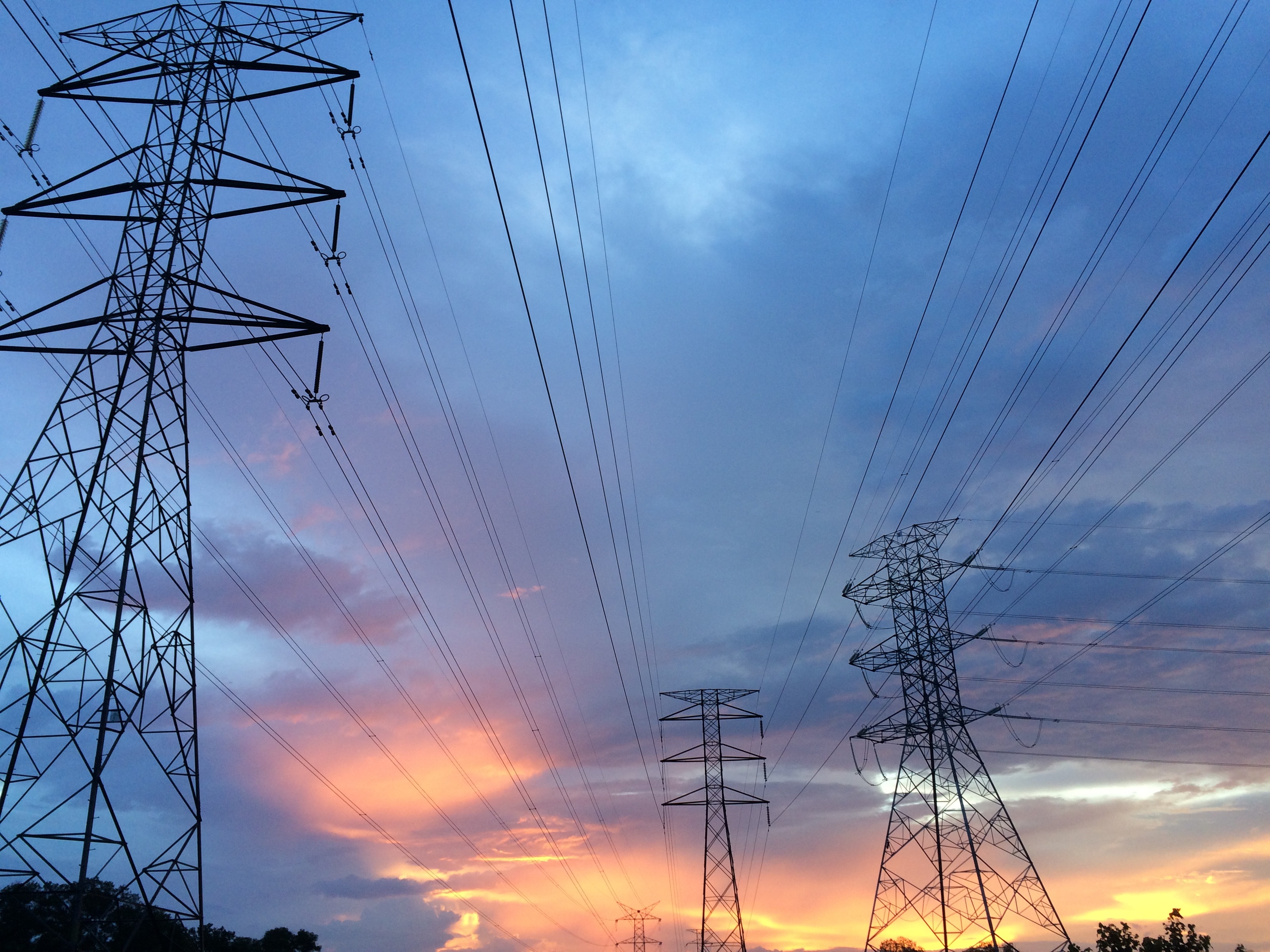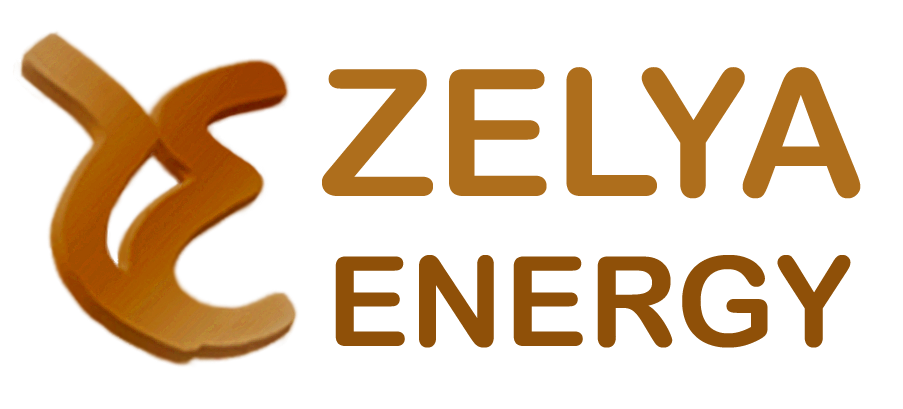Whether you are in charge of development or considering the acquisition of a decentralized electricity production plant project, you must ensure that its electrical sizing complies with the technical prescriptions set by the regulations and approved by energy regulators.
Most importantly, you want to optimize the connection timeframes and costs, key variables for operational control and financial valuation of your project. To achieve this, you should anticipate the reference connection solutions that will be costed by the transport network operators (RTE) or distribution network operators (ERDF, GEREDIS, etc.) in their connection studies or in their technical and financial proposals.

What is a solution for connection to electricity networks?
Your electricity generation plant project, whether it is structured in one or more production units
① is your responsibility (ownership, operation) up to the delivery point
② which materializes the property limit
③ and operation between the indoor installation and the connection link.
④ It is the connection link that connects you to the source-infrastructure
⑤ of the electricity distribution or transport network: it is dedicated to your plant project, financed by you, but it is the network manager who is the exclusive owner and operator.

A connection solution includes the connection link and the source-infrastructure of the connection. The network manager describes, in his studies and connection offers (PTF, connection agreement), the technical and economic terms of this connection solution:
Connection timeframes mainly depend on the administrative procedures specific to the construction of electricity transport and distribution infrastructures, which the network manager will have to carry out in parallel with the project's connection procedure (technical and financial proposal, connection agreement, operating agreement, etc.).
Connection timeframes end with the commissioning of the connection which, for some primary sources of renewable energy, corresponds to the start of the purchase obligation.
Connection costs, which are quoted by the network manager, cover the construction of the connection link, but do not include the electrical equipment of the indoor installation. All of these costs are at your expense, but you will neither be the owner, nor the operator of the connection link, since the property limit is located at the delivery point.
These connection costs are distinct from the network access costs that you will have to pay during the operation period of your plant, once it is connected and put into service.

What are your negotiating margins with network managers?
In principle, a plant project is connected to the territorially competent network that operates infrastructures at the connection voltage that is consistent with the project's power. The project must also be connected individually in antenna to the nearest source-station, where the superior voltage is available.
In reality, the network manager is often led to study other connection solutions that may be less expensive or faster to implement. The optimal solution is the reference connection solution.
However, if the network manager has, in return for his territorial monopoly, the obligation to propose the best connection solution in terms of timeframes and costs, it is indeed up to the applicant to choose the solution he prefers. Connecting to the electricity network therefore involves a negotiation that the developer must conduct.
For this purpose, the regulations have provided certain provisions: obligation to pool the connection costs of two production installations with the agreement of the respective developers, possibility to detail and justify the timeframes and connection costs quoted by the network manager, opportunities for the project developer to choose a connection to a neighboring network if the local service network offers a less interesting connection, connection to the higher voltage (transport instead of distribution), direct line connection to the transport network without connecting to the distribution network, indirect connection of producers located upstream of a common infrastructure, etc.
Our Services
Identify the connection networks to which your project can connect considering its technical characteristics, legal setup and location
Analyze the possibility and opportunity to implement the specificities offered by the regulation or the regulation
Anticipate the connection solutions that these network managers will be able to identify or that you will be able to propose them to take into account (antenna, break, derivation)
Estimate the available connection capacity and anticipate the layout of the connection link
Provide a first comparative estimate of the costs and timeframes associated with each of the connection solutions

Case study: Due diligence of technical connection conditions to networks
Objectives
The study of the technical conditions for connecting a conventional or renewable plant to the electricity transport or distribution networks is a complement to the technical due diligence.
It is necessary when it is needed to specifically and in detail examine whether the connection is optimized from a technical and electrical point of view (acceptable level of line losses to the delivery point, reasonable unavailability and erasure rates at the network level, ...), and, more generally, whether the design and operating conditions of the indoor electrical installation are compatible with that of the connection link to the electricity networks.
More specifically, it aims to:
identify possible inconsistencies between the design and operating conditions of the indoor installation and the connection infrastructure
validate the technical characteristics of the connection
quantify the uncertainties and risks that may have a negative impact on the park output
recommend realistic assumptions on these technical characteristics for the financial evaluation model
recommend, list and rank appropriate conditional terms or possible improvements
Specific case of a plant in project / Phases
For a park or a plant in project, it is possible to complement the analysis of the only generally available documents (connection studies, technical and financial proposal) by a prospective analysis of the foreseeable connection agreement, operating agreement and network access contract, considering the current regulation and regulation
